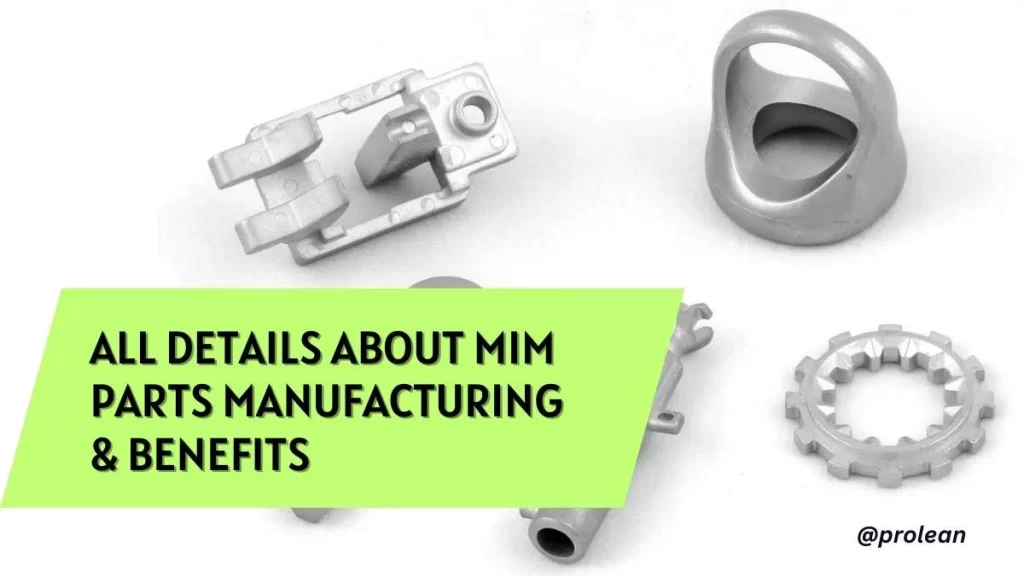
Metal Injection Molding(MIM) is a novel technique for making small, complex metal parts with accuracy and reliability. Especially, it’s profitable for parts below 100 grams in weight. Compared to PIM, MIM parts remain strong enough to endure tough conditions. MIM manufacturing has cross-industrial recognition and is widely used in aerospace, automotive, medical, and electronics industries for making fuel injector nozzles, medical instruments, watch parts, and cell phone covers. If you need to design the same parts in bulk, MIM can be a go-to choice.
Continue reading to know the MIM process, what are mim parts, and explore which areas of application are optimum for MIM processing.
Benefits of Adopting Metal Injection Molding(MIM)
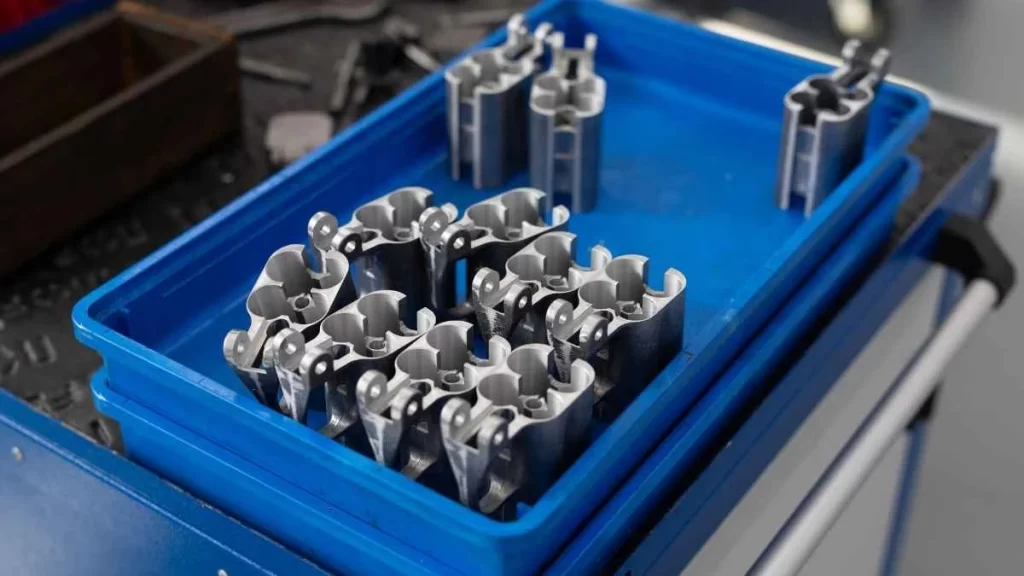
Image Name: MIM Parts
Metal Injection Molding(MIM) offers several significant benefits:
- MIM parts result in better mechanical properties that are difficult to attain through other conventional approaches.
- The process allows the creation of fine parts with a net shape as desired.
- It enables near-infinitive forms and shapes and a great geometrical interconnection/configuration.
- MIM has high production efficiency comparatively faster than other means of producing. Some components can produced at immense rates about 200,000 parts/day.
- Material leftover or Feedstock can be recycled making MIM a good way to minimize waste material.
- The process generates little waste of raw materials, so, you can save costs in manufacturing large-volume products.
A Brief Overview of the MIM Manufacturing Process
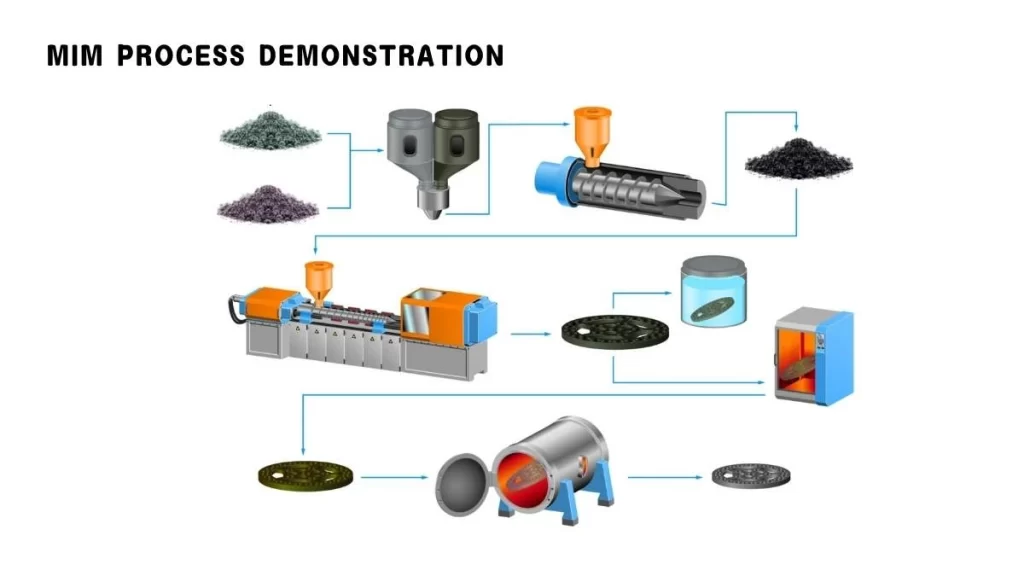
Image Name: MIM Process layout
Metal Injection Molding (MIM) involves blending pure metal powder with a binder to come up with a feedstock. This compound is then proportionately pulverized and executed like the way plastic injection molding(PIM) is done. The molded part, which is sometimes referred to as the “green” part is in turn cooled and extracted/ejected out of the mold.
The binder is then partially removed by techniques such as solvent extraction, heat treatment, and spurt catalysis in the next step. The part becomes a “brown” part in a porous state. During sintering, additional parts of the binder are eliminated by heat, which evaporates through the remaining pores.
Then, the given part is heated again to a high sintering temperature to solidify the metal powder particles. This stage gives the part a denser and mechanically superior microstructure than the metallic part produced through conventional techniques.
Similar to the Die Casting and plastic injection molding process, the MIM is ideal for creating delicate small feature parts that are challenging to shape using more traditional metal-forming practices. However, it may involve extra machining or assembling expenses.
Try Prolean Now!
MIM VS. Metal Casting? Which Technique Benefits More?
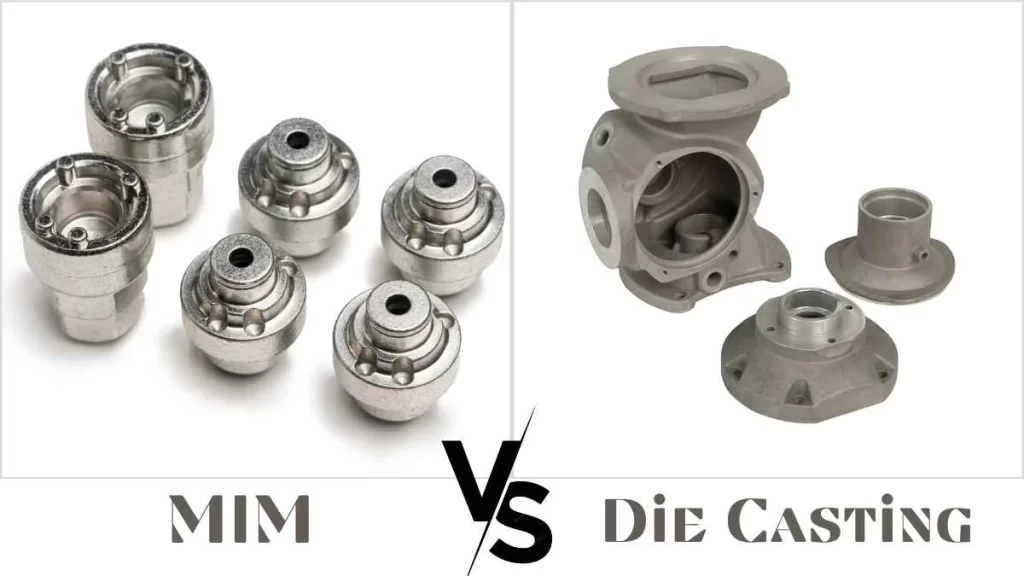
Image Name: MIM Vs Die Casting Parts
MIM is favored in the range of fields because it is possible to forge parts with complicated shapes and stable dimensions.
Compared to conventional techniques of metal casting, such as sand casting, die casting, or investment casting, MIM preserves both parallelism and mold tolerance throughout the process. The process stability minimizes the need for post-processing and provides a standard-quality surface finish.
On the other hand, metal casting requires heat treatment, and sometimes, it causes the formation of harsh stresses, more probably in thin sections.
Moreover, there are additional costs for post-processing, which radically decreases part geometry by trimming off sprues, gates, and risers. In addition, casting is unable to provide the feather-like surface finish of the small intricate mold of demands of the aerospace and medical.
Besides, machining provides almost accurate work, but it results in a huge waste of material particularly for the machining of complicated shapes. The nickel and stainless steel scrap, programming of CNC machines, and cost of machine tools make machining much costlier than MIM for numerous designs.
Despite the emergence of the newest technologies, such as 3D printing, and selective laser sintering, MIM remains a cheap process. By comparison with more novel forms of AM, MIM provides higher repeatability, faster processing and throughputs, and lower levels of maintenance/rework and scrap. (Read more about metal injection molding vs die casting)
What Are The Compatible Materials for MIM Parts?
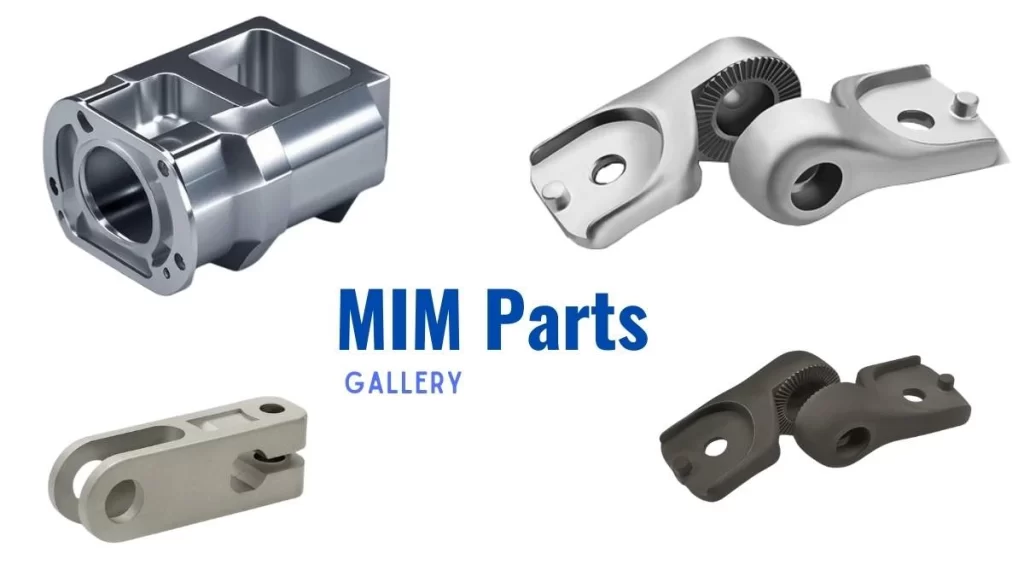
Image Name: MIM Parts Gallery
The MIM process supports a wide variety of metals, classified into four primary categories:
- Ferrous metals: Covers material such as stainless steel, tool steel, and nickel-irotypesspe like Invar and also Kovar.
- Hard metals: Including cobalt-chromium alloys, Cemented carbs, and ceramic-metal composites.
- Special metals: For instance, aluminum, titanium nickel, and molybdenum.
- Tungsten alloys: High-density packed and strong tungsten alloys.
If you’re looking to use any of these materials in MIM, Prolean Tech offers over 50+ material options and a range of services that are suitable for your needs. Below are the specific alloys and their characteristics:
|
Alloy Group |
Specific Alloys |
Description |
|
Stainless Steel |
316, 316L, 17-4 PH, 303, 304, 440C, 420P |
Corrosion- resistant |
|
Low-Alloy Steel |
Fe-Ni (Iron-Nickel), FN02, FN08, 4140, 8620, 100Cr6 |
Cost-effective |
|
Tool Steel |
M2 |
Hardness & Abrasion |
|
Soft Magnetic Steel |
Fe-Ni50, Fe3Si, FeCo50, FeCoV |
Magnetic properties |
|
Tungsten Heavy Alloy |
W-Ni-Fe, W-Ni-Cu |
High density |
|
Tungsten Carbide-Cobalt |
WC-Co |
Wear- resistant |
Try Prolean Now!
Why Titanium Is Best For MIM Parts Manufacturing?
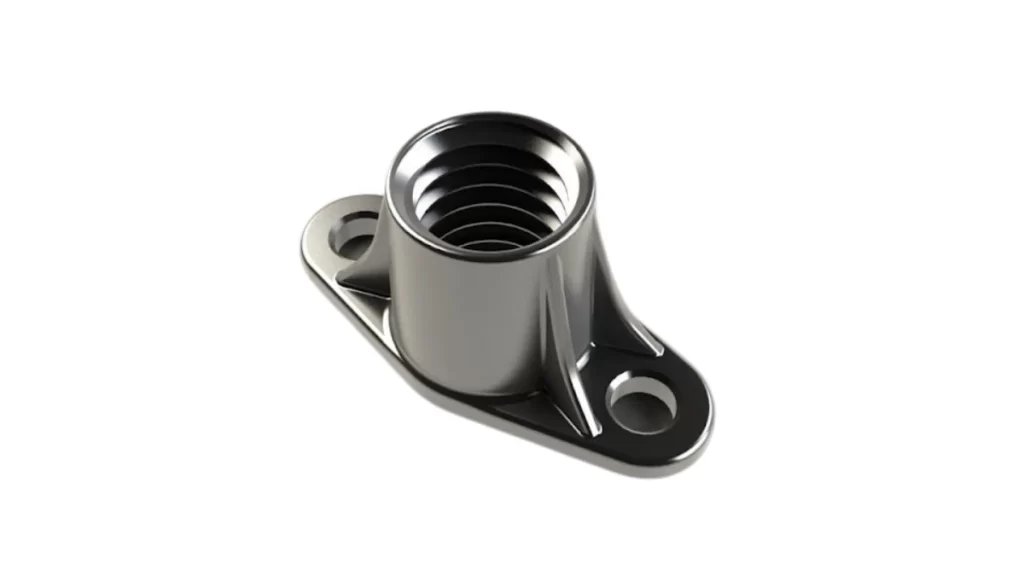
Image Name: Titanium MIM Part
Titanium Metal Injection Molding (TiMIM) is a consummate detailed and economical technique for fabricating small-dimensioned titanium components, minute grooves, threads, and certain contours with high detailing. In contrast to conventional casting, TiMIM is flexible in titanium alloys and notable for operations that need high levels of accuracy, prominently in the manufacturing of medical equipment and surgical implants.
Medical implants based on titanium alloys provide good compatibility with human tissues and do not corrode easily over time. Besides, their mechanical density is comparatively high. Such fabrication guarantees that these parts contain high tolerances to provide long-wearing components for use in the human body.
Read more: what are the 6 Injection Molding types
Common Alloys of Titanium Used In MIM Parts
- Crystal Phases: Alpha (α) Phase (Stabilized by Aluminum)
- Beta (β) Phase (Stabilized by Vanadium)
- Heat Treatment Alloys (Ti-6Al-4V): Solution aging which improves HIS toughness by distorting the crystal lattice.
Where Can You Find MIM Applications?
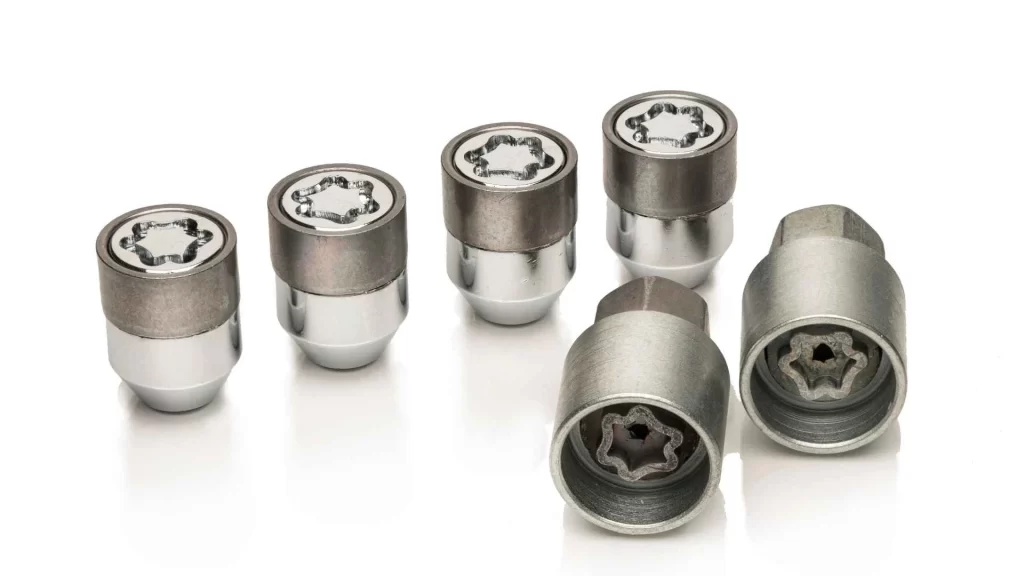
Image Name: MIM Automotive Parts
Metal injection molding is applied in many industries and can be found in products that you come across in routine. Common applications include:
- Medical and dental: Implants, instruments, screws, bolts, and other highly accurate parts.
- Automotive: Motors and engines, gearboxes, suspensions, and chassis accessories.
- Consumer Goods: Tobacco products: Cigars, cigarettes, pipes, and tobacco substitutes: Pipes and Tobacco, Firearms and other arms and frames or barrels for firearms.
- Aircraft Parts: Manufactured products such as engine components and mechanical appliance parts.
- Lawn and garden: Tools and equipment parts.
- Recreation and hand tools: Golf club and parts and accessories for golfing.
- Agricultural equipment: Stationary engines and their parts.
- Lifestyle products: The key accessory products include MIM Watches, eyewear, and Jewelry items.
- Biomedical Applications: For creating medical implants and disposable devices, the Ti-6Al-4V is used to meet such needs. Common TiMIM medical parts include:
Additional Applications
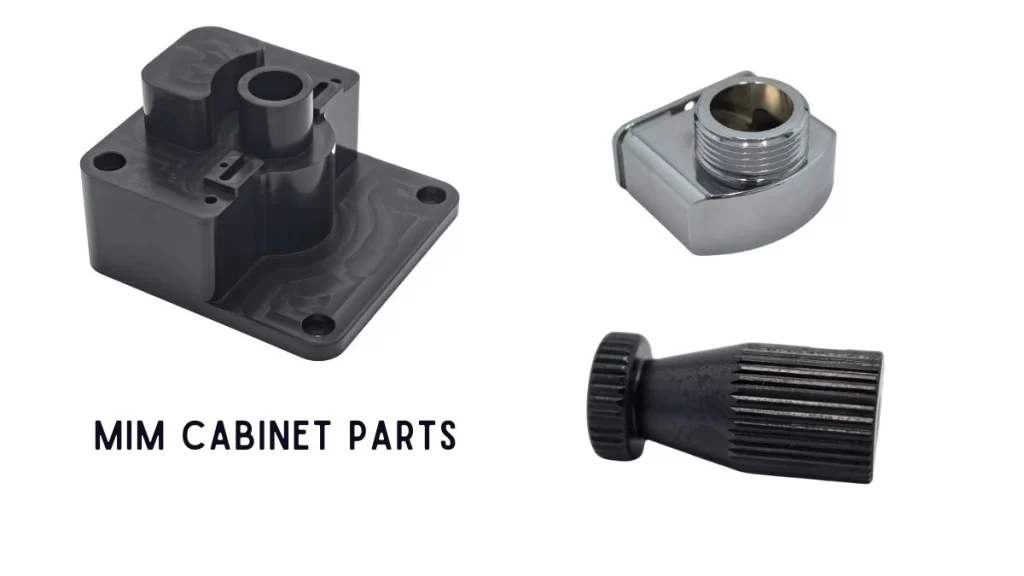
Image Name: MIM Cabinet Parts
Besides, MIM parts are used in areas of component manufacturing such as:
- Brackets
- Fasteners
- Fittings
- Watches
- Cabinet parts
Role of MIM in the Watch Part Manufacturing: Examples & Case Studies
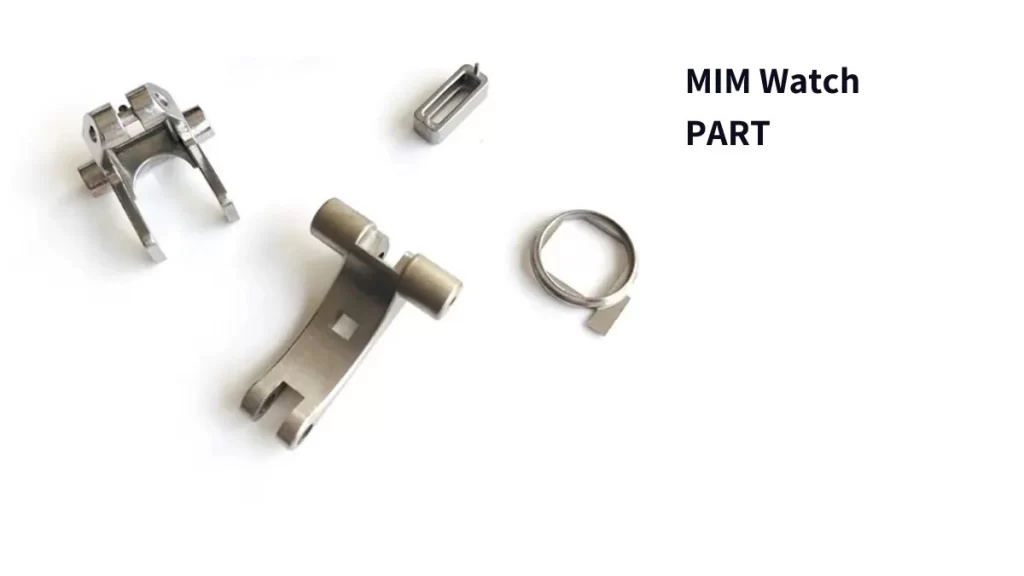
Image Name: MIM Watch Parts
In the luxury watch industry, the accessories are not only timekeeping but also inherent elements of personality and fashion, as well as high-quality manufacture. Parts, including the bezel, dial, clasp, and bracelet, are important elements in the aesthetic value and identity of the watch. As customer requirements increase for better quality and personalized products, watchmaking industries are increasingly adopting improved production MIM for watch methodologies for better standards, reliability, and appearance.
Ceramic Injection Molding (CIM) and Metal Injection Molding (MIM) have greatly changed the manufacturing of metal and ceramic watch parts. These technologies provide freedom in design, material choice, and manufacturing processes as no other technologies do. MIM and CIM use metal and ceramic materials. By combining the advantages of plastic injection molding, CIM, and MIM allow the production of elaborate and accurately detailed parts in bulk quantities. These make almost no wastage of materials, increase the mechanical strength of the final product, and deliver the accurate dimensional accuracy needed where luxury watch accessories are made both for looks and durability.
(Get more insights about which companies do metal injection molding?)
Let’s talk about examples and case studies of MIM’s role in manufacturing watch parts.
Bezels: MIM technology is applied in the manufacture of stainless steel bezels, which can have complex designs with such elements as rough surfaces and multiple case backs. In turn, MIM opens the possibility to produce ceramic bezels in various colors without compromising the hardness and scratch resistance. Both the appearance and performance of luxury timepieces are improved by this synergy.
Dials: Thanks to the CIM and MIM processes, you can precisely create watch dials with high detail, including secondary levels, patterns in the form of recesses, and built-in light-emitting components. These capabilities are highly desirable in the luxury watch market as they enable the application of high levels of customization combined with strict rules of acceptable tolerance and high-quality surface finishes.
Clasps and Bands: MIM technology is also used for manufacturing long-wearing clasps and bands. These are typically made of 316L stainless steel due to their high tensile strength and resistance to corrosion. For bands, MIM can make lightweight and hypoallergenic ceramic bands in variant colors to meet the comfort and style of modern premium timepieces.
Are You Looking For a Supplier or Fabricator of MIM Parts – Contact Prolean Tech
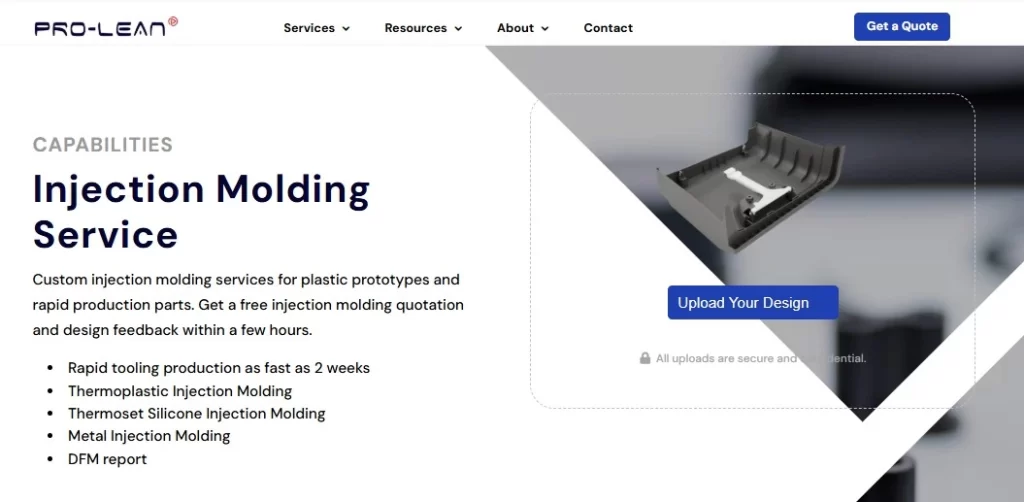
Image Name: Prolean Injection Molding Services
ALT Text: The image displays Prolean Tech’s capabilities in Metal Injection Molding (MIM). It highlights the company’s core expertise in providing a wide range of molding and materials, from plastic to metal and composite materials.
Whether you are looking for a fabricator of metal injection molded products
or a CNC machining part manufacturer, our membership directory is extensive. Although MIM is a new addition to the latest technologies, developing MIM parts requires strong expertise and technicalities. But, Don’t worry, Prolean Tech having over decades of experience remains a go-to source of developed manufacturing techniques and quality MIM parts. Our staff and technocrates focus on designing and manufacturing high-quality, accurate, and economical parts/products for various uses.
So, feel free to reach out to us to learn more about our metal injection molding services and get a free online quote!
Final Thoughts
Conveying thin and extensive sections with intricate side outlines is challenging with utilizing conventional procedures. The parts being made by Metal Injection Molding (MIM) make it possible and cheaper to develop these particular parts. Moreover, It helps produce parts for medical equipment and aerospace, where accuracy and reliability are vital. MIM plays a role in providing high-quality components in the shortest time possible while the process has lower costs and high production efficiency.

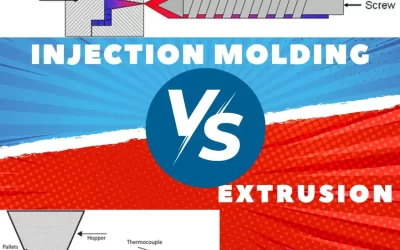
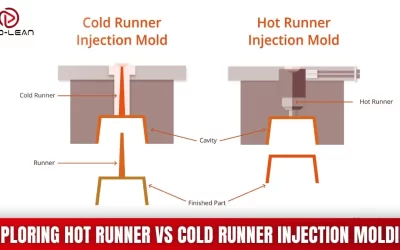
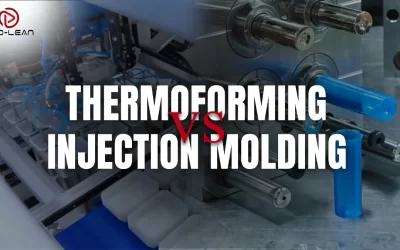
0 Comments